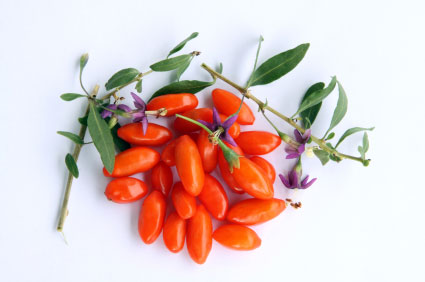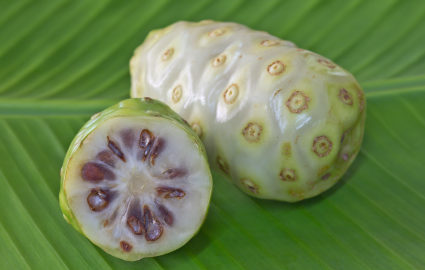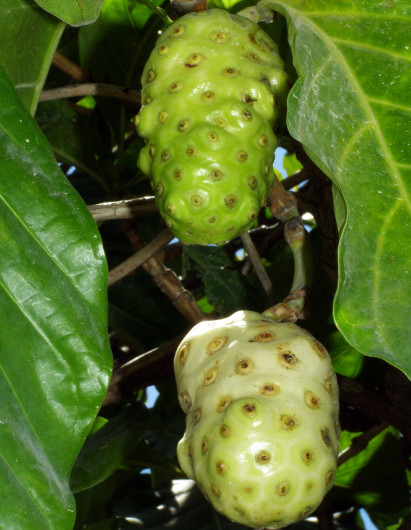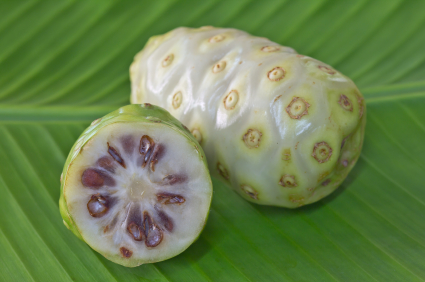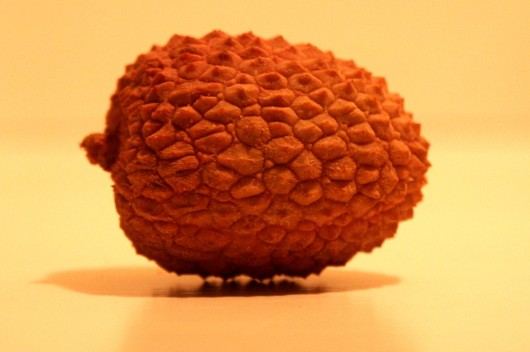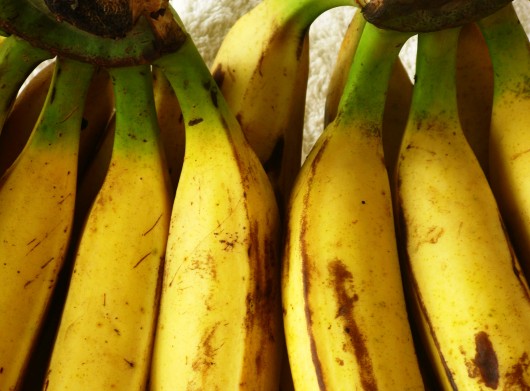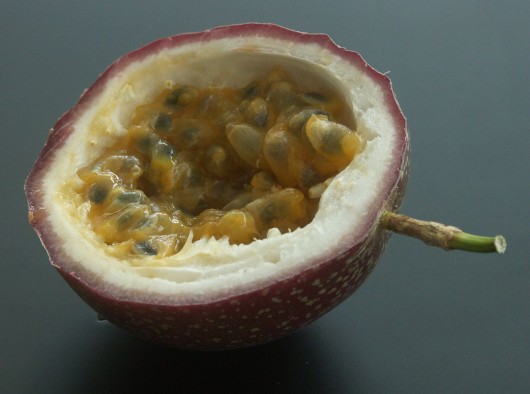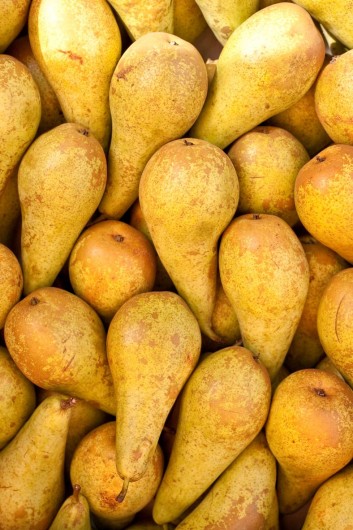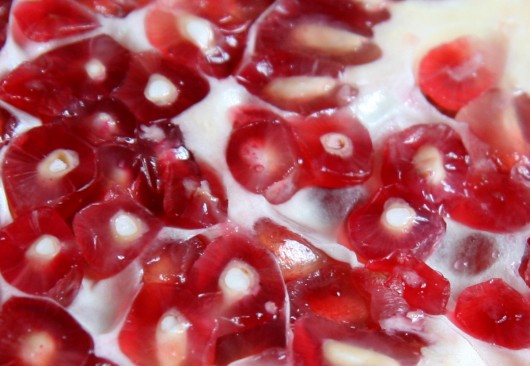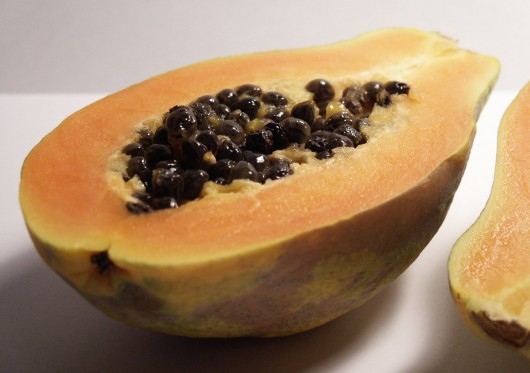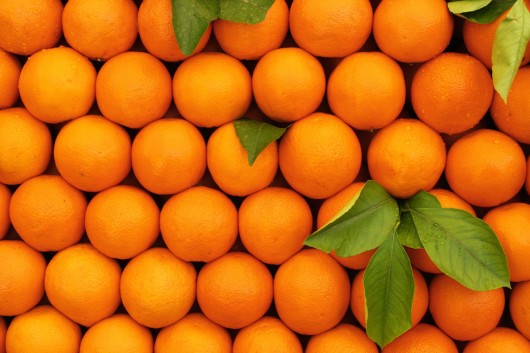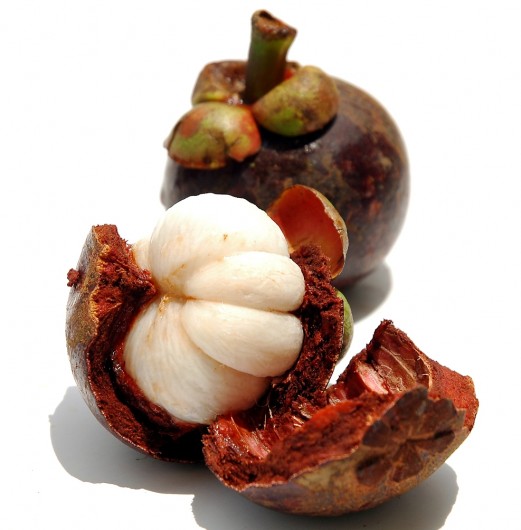Goji Berries – Luxury Model Fruits
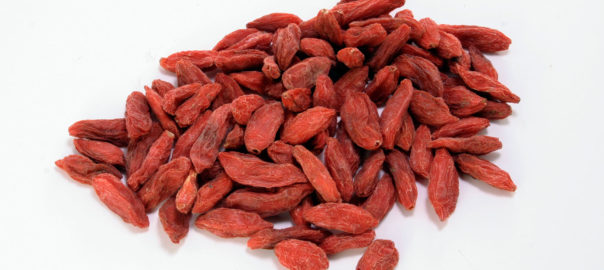
Imagine going to a car dealership today and buying a luxury car with every optional upgrade and only paying about 15% more than a today’s typical $20,000 car. The luxury model has temperature controlled seats, on-board cameras, a premium sound system, premium tires, a fully stocked entertainment system and a fuel efficiency of 50 miles per gallon. The interior is made from the finest materials. The warranty is impeccable. The level of detail is downright artistic. It’s unfortunate that we don’t live in this imaginary world of inexpensive luxury. What if I told you, though, that evidence suggests goji berries are to regular fruits as our imaginary luxury car is to a standard model vehicle?
Goji berries are like luxury model fruits. While they’ve been labeled as a superfood, the word “superfood” doesn’t do the berry justice. It’s one of the most nutrient-dense foods on the planet. If you’re not sure what that means, imagine two jewelry boxes. One is filled with cheap jewelry and a few expensive pieces while the other is completely full of jewelry that has real gold, real precious gems and excellent craftsmanship. While the difference between goji berries and typical fruit isn’t quite as drastic, goji berries are much more like the latter jewelry box. The density of the nutrients that the body uses from a handful of goji berries is simply greater than that of inexpensive staple fruits like apples and oranges.
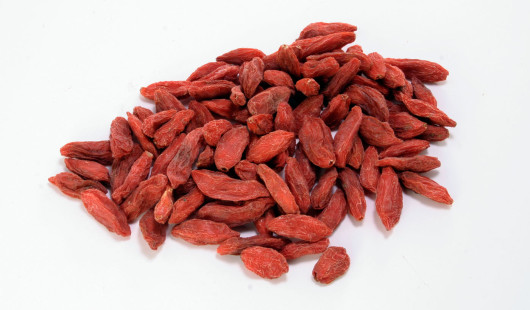
Goji berries are about five times as potent as prunes and over 25 times as broccoli. Also – fresh goji berries are 5 times more potent than dried ones.
The Benefits of the Goji Berry
Also known as the wolfberry, the goji berry’s key claim to fame is in its antioxidant content. The ORAC value of a food, or the oxygen radical absorbance capacity, is the value that foods with antioxidants are given to compare how well they can absorb free radicals in various tests. In these studies, goji berries has ranked astonishingly well. They’ve been shown to be about five times as potent as prunes and over 25 times as broccoli. That’s pretty significant, considering that broccoli is one of the most widely acclaimed superfoods.
Goji berries are also estimated to have a blend of over 30 essential nutrients in varying densities. They also contains 18 different types of amino acids, which are the building blocks of protein. Many of the berry’s other effects are still being researched, such as increases in mental performance, improved quality of sleep, anti-aging effects and positive effects on the mood. These do not come from any single part of the berry; they are believed to come from the unique blend of nutrients in their natural form.
Superoxide Dimutase
Superoxide Dimutase (SOD) are a group of enzymes that protect virtually every cell in the body that is exposed to oxygen. As an antioxidant, SOD levels in the body are crucial for continued function. However, the levels of SOD in the body decline with age, and studies have been inconclusive when it comes to raising them. The superoxide free radical is one of the most damaging known to date, and the inability to raise SOD will result in the inevitable, accelerated breakdown of the human body. The goji berry, however, has shown promise in actually raising these levels after consumption. It’s important to realize that everything from aging skin to Alzheimer’s has been at least partially linked to the reduction in SOD levels in the body. It isn’t the whole story, but the link is strong enough to suggest that anything that can raise these levels, like the goji berry, is fantastic. Even if the berry didn’t have a high nutrient density, the ability to lower SOD levels would still make it an excellent food.
Eating Goji Berries
Goji berries are best in their natural form. A handful of berries is usually close to a serving of fruit, so it already fits perfectly into the diet. Supplements are acceptable to an extent, but only when it’s difficult or impractical to get raw fruit. Goji berries can be used as a healthy desert topper or in fruit smoothies. They complement the flavors of other berries and citrus fruits very nicely. While it’s important to get a diverse range of foods, eating goji berries a few times per week is recommended.
Here is a cool video in which David Wolfe picks fresh goji berries in Arizona and explains a few more things about them:
Next, if you want to put your goji berries into a smoothie then check out this hoji berry smoothie recipe that includes bananas, goji berries, oranges and lucuma powder:
Enjoy!
